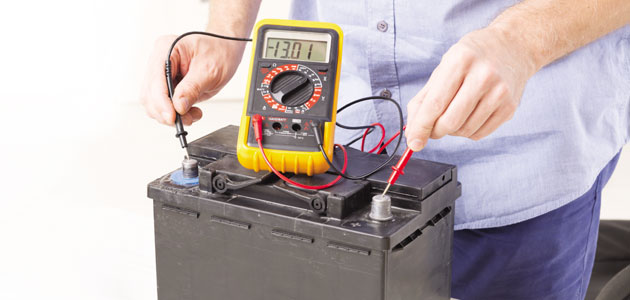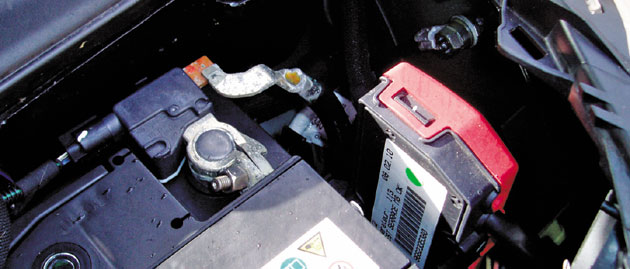
Steve Carter, Train4Auto Consultancy, explains how to overcome common problems with fitting batteries to ‘smart charging’ systems.
Some problems that your customers come to you for help with are very easy to diagnose and the proper solution is simple to carry out.
Let’s say a customer brings in their late model Citroen/Peugeot, complaining that the engine seems to turn over more slowly in the morning lately, but seems to be fine at any other time. Even though you might expect a battery to last longer than this original factory battery apparently has, you suspect that the component is nearing the end of its life and needs to be replaced.
A quick load test confirms your suspicions – the battery has lost a good portion of its original power and won’t likely last long with the coming cold weather. You tell your customer that their battery is nearly spent and needs to be replaced. You then install a proper sized replacement battery, start up the engine and all seems well.
Your customer is happy to pay for the battery and thinks that this is the last they’ll have to worry about the car starting in the morning. Off they go and everybody is happy, for now…
The problem here is that both the customer and the car will be back in a few days, and your once happy punter will not be so cheerful. The car will be turning over slowly, or maybe it won’t even start at all. As a result, the customer might think that either they were sold a poor quality battery, or that the weak battery was only a symptom, not the cause, of the problem with their car. You might think that they left their lights on and that is why the battery is dead again.
Not wanting to offend, you say nothing and recharge the battery. After it has been charged, you load test it and all appears to be well. At this point you might send them back on their way, but you think that just maybe there is another problem with the car, so you use your trusty multi-meter and quickly discover that at idle, the battery voltage is 12.7V. Even at 2,500rpm the battery voltage is still 12.7V.
 © Monika Wisniewska/Fotolia.com
© Monika Wisniewska/Fotolia.com
Alternator assumption
You come to the conclusion that there is something wrong with the alternator, so you replace it. But replacing the alternator will not solve this problem. From the moment you replaced the battery, you were sliding down a slope to certain failure.
The original battery was worn out. You correctly diagnosed that, and it was the only problem with the car when it was first brought to you. When the car left your garage the first time, the battery was in good working order, but the alternator was never going to charge it. There was nothing wrong with the alternator.
The problem was that you did not properly install the battery.
After you fastened the cables, it is a vital step to attach a scan tool to the car and inform the ECU that a new battery has been installed. Until that has been done, the charging system won’t put any current back into the battery, assuring that the battery will soon be discharged and will not start the car.

Smart charging
This Citroen/Peugeot is equipped with a ‘smart charging’ system. Just as many other systems and components have been improved to increase reliability and reduce emissions, the battery has also been redesigned for modern requirements.
In the battery of a ‘smart charging’ system, there is a chip that collects data about the current condition of the battery, such as temperature, state of charge, current flow, date of manufacture, etc. The information monitored by the chip is communicated to the ECU and the ECU then makes decisions about when to recharge the battery and how quickly to do it. The system is smart enough to turn the alternator on/off to varying degrees, to put back in just what is needed to bring the battery to its optimum state with the aim of extending the battery life as much as possible.
Providing any more than what is precisely needed would only overheat the battery and take power away from the engine, resulting in a shorter battery life and higher fuel consumption and emissions.
When a new battery is installed, the ECU needs to be told it’s new. If not, the new chip and its data will be ignored because it has abruptly changed. The system sees that the data has changed, it can’t reconcile the change with what it expects to see and will subsequently err on the side of caution by not charging the battery at all.
The solution to this problem is simple once you know learn about this new technology. And what about that 12.7V at idle or even at 2,500rpm? It’s perfectly normal!









